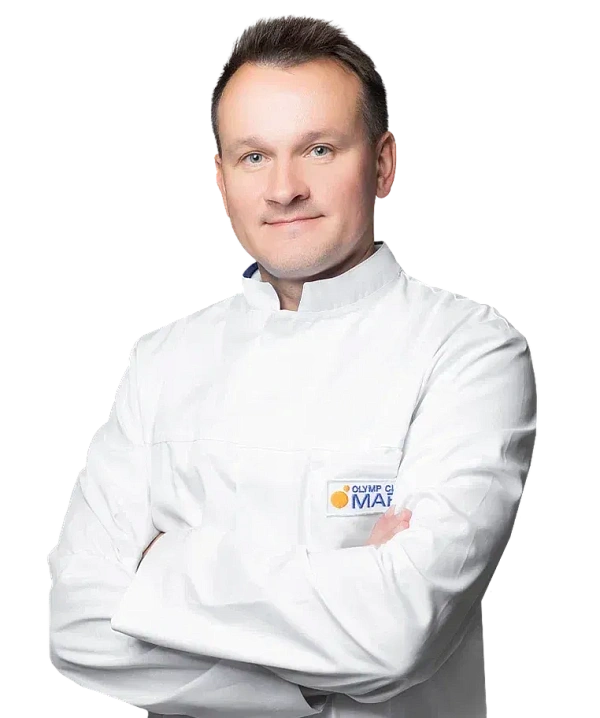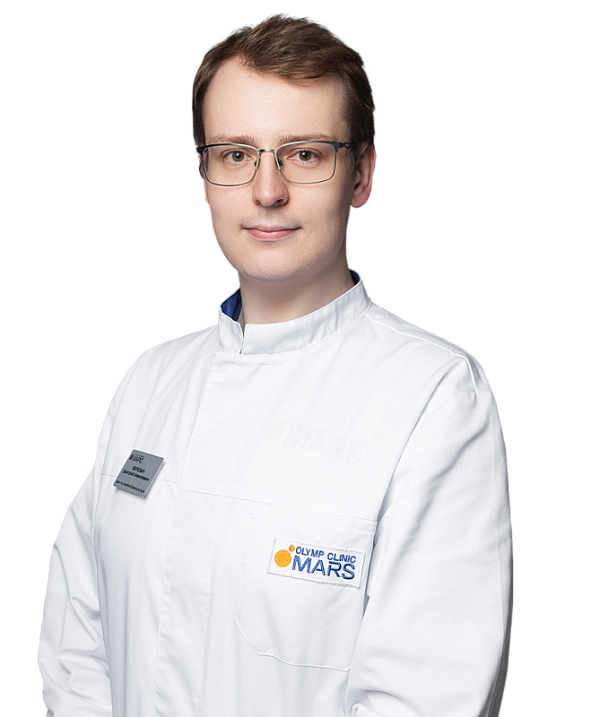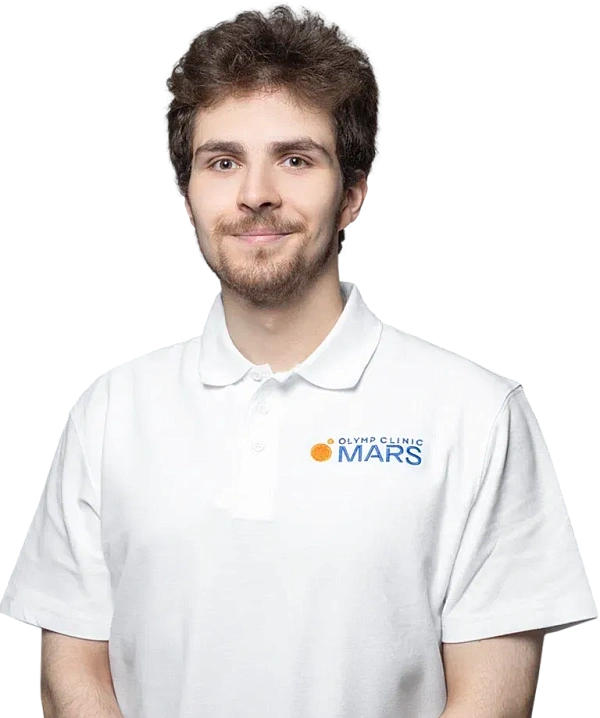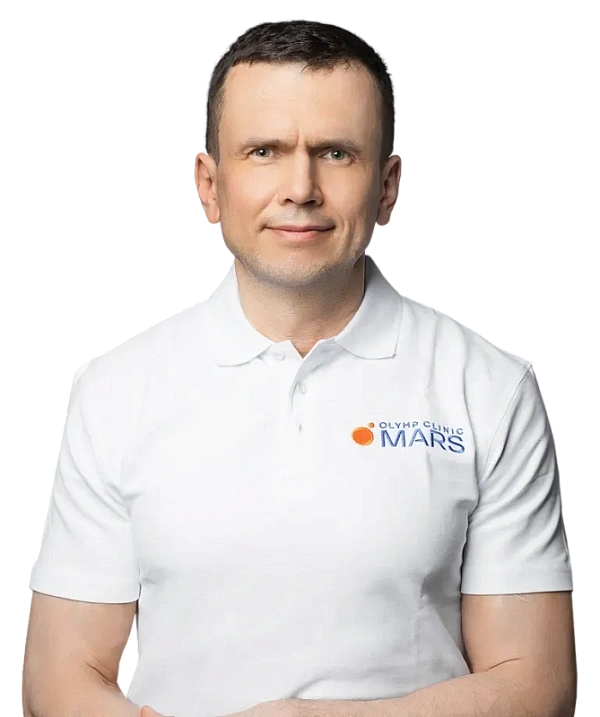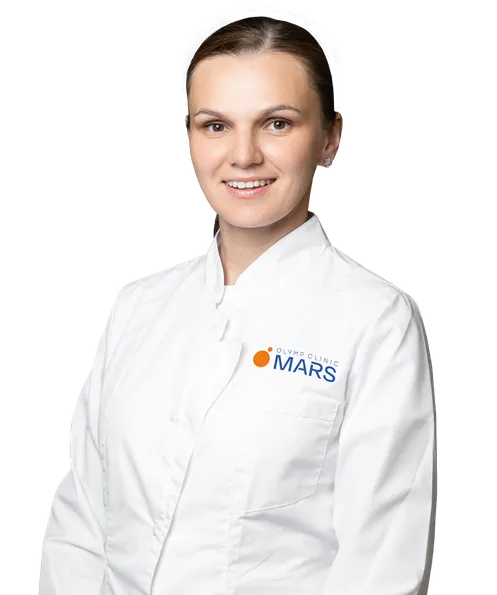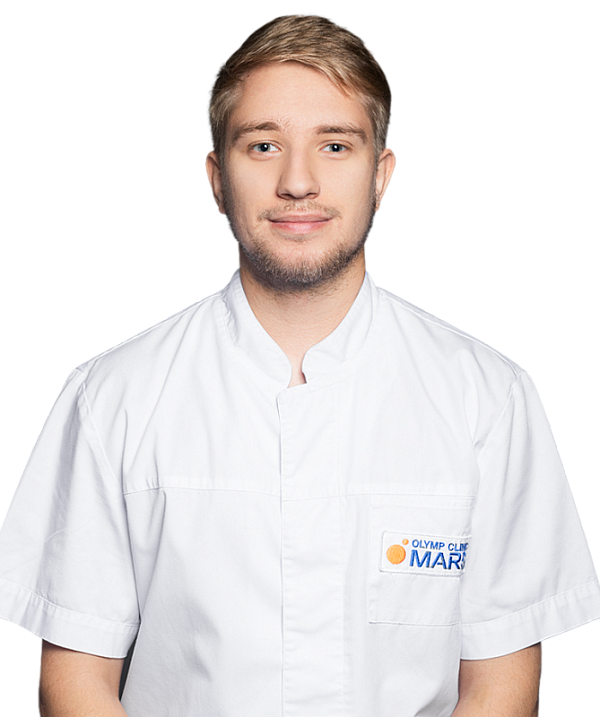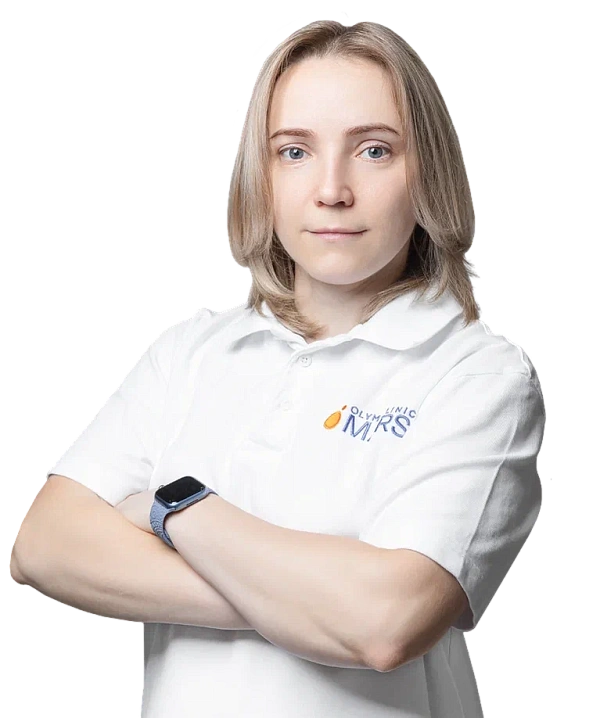Physical therapy
A rehabilitation method based on the performance of complexes of physical exercises that help restore body functions, strengthen health and prevent the development of complications.
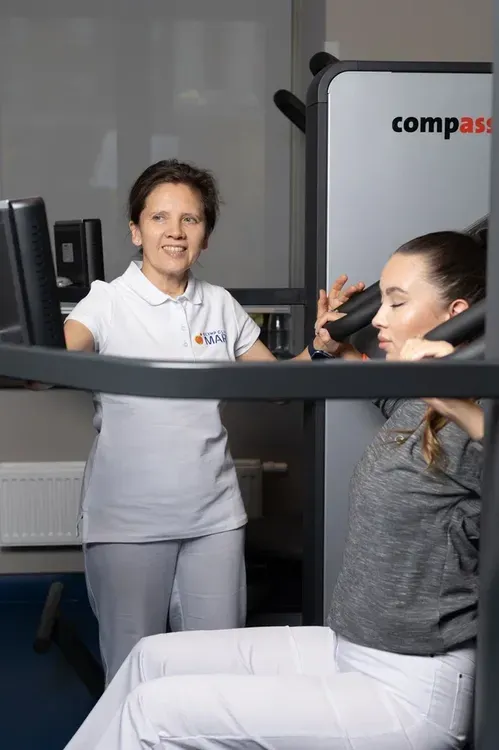
Physical therapy is used in the treatment and rehabilitation of patients with various diseases of the musculoskeletal system, therapeutic, neurological and cardiological profiles.
Physical education helps to improve blood circulation, normalize metabolism, increase muscle tone and accelerate recovery from injuries or illnesses. This is one of the few methods that affects the body systemically, activating its internal reserves. For patients with diseases of the musculoskeletal system, exercise therapy helps in restoring joint mobility, strengthening ligaments and muscles. It also helps to form proper posture and eliminate pain. In cardiology and pulmonology, exercise therapy is used to improve the functioning of the heart and lungs. Breathing exercises and dosed physical activity contribute to the saturation of tissues with oxygen, normalization of blood pressure and strengthening of blood vessels. In neurological pathologies, exercises help to restore coordination of movements and improve muscle tone.
Before starting physical therapy, the patient must go through the following steps: Consultation of the attending physician with a clinical examination. It is possible to perform instrumental research methods, including radiography, MRI or CT (for diseases of the musculoskeletal system). Blood and urine tests if necessary. Tests of endurance and physical abilities. Drawing up an individual lesson plan.
Classes are held under the supervision of an instructor or a physical therapy doctor. At the beginning, a warm-up is performed, which may include breathing exercises, light walking, exercise on an exercise bike or dynamic stretching exercises that help warm up the muscles and activate blood circulation. Next, the patient performs exercises aimed at solving specific tasks: strengthening muscles, improving coordination, restoring joint mobility. At this stage, sports equipment, simulators and auxiliary devices can be used.
Proxomed Compass and Kardiomed simulators for assessment, testing and restoration of the functions of the cardiovascular system and musculoskeletal system. Anti—gravity treadmill Alter G - reduces stress on joints by up to 80%, ideal for recovery from injuries and operations. Walker View TecnoBody treadmill is equipped with sensors for analyzing movements and dynamically monitoring progress. The Biodex Balance system is for the diagnosis and treatment of balance disorders. HUBER 360 is an innovative system for neuromuscular diagnostics and precise work with muscle groups.
Versatility— It is suitable for patients of any age and health condition. Safety— It is performed under the supervision of a specialist, which minimizes the risk of complications. Complex impact— Strengthens muscles, improves blood circulation, normalizes the work of internal organs. Individual approach— The lesson plan is drawn up taking into account the diagnosis, functional status and physical fitness of the patient.
Why practice physical therapy?
Physical therapy helps to recover with benefits for the whole body. After classes, you begin to move more confidently, stop feeling pain and tension in your body. It becomes easier to perform habitual activities, whether it's walking, working or resting. Internal changes are also noticeable: blood circulation improves, breathing normalizes, muscles become stronger, and joints become more mobile.
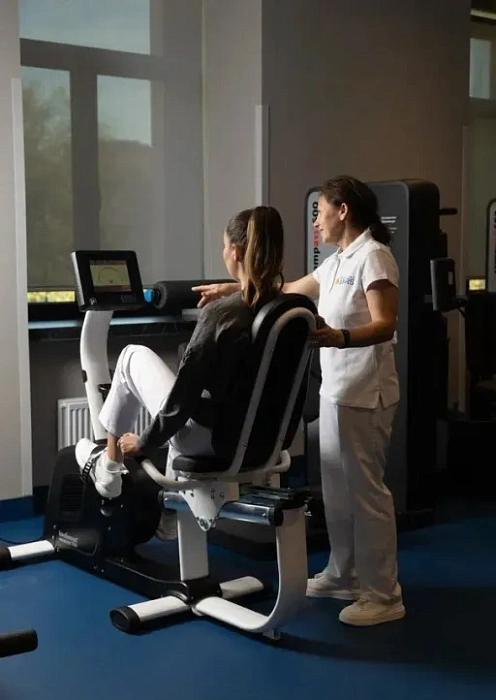
Who will work with you?
Your recovery is in the hands of specialists who know everything about physical therapy. Whether it's recovering from surgery or working on chronic diseases, our specialists create a program that is right for you. Classes are conducted under supervision so that each stage is as safe and effective as possible.
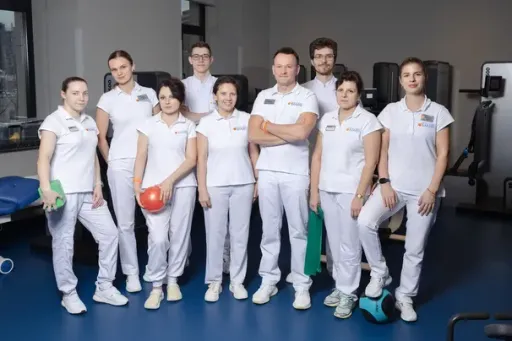
Frequently Asked Questions
Is it possible to practice physical therapy at home?
How much time per day should I devote to physical therapy?
Is it possible to practice physical therapy with an exacerbation of a chronic disease?
I've been on my feet all day, why do I need physical therapy?
Doctor: Tervo Elena Evgenyevna
How long does one physical therapy session last?
Doctor: Tervo Elena Evgenyevna
Is it necessary to select exercises with an instructor, or can I find exercises for myself on the Internet?
Doctor: Tervo Elena Evgenyevna
How many therapeutic gymnastics classes do you need to attend in order to feel the improvement?
Doctor: Korosteleva Marina Olegovna
Is it necessary to do the recommended exercises at home?
Doctor: Korosteleva Marina Olegovna
Didn't find an answer to your question?
You can describe your problem in detail and ask a question to the doctor. He will answer you and help you find a solution
Врачи
Смотреть всех врачейCandidate of Medical Sciences. Orthopedic Trauma Physician, Chiropractor, Sports Medicine Physician, Physical Therapist. Head of the Rehabilitation and Restorative Medicine Department.
Rehabilitation therapist, Orthopedic trauma physician, Chiropractic therapist, Sports medicine physician, Exercise therapist, Physiotherapist. Candidate of Medical Sciences. Leading specialist of the Department of Rehabilitation and Restorative Medicine.
Physical therapy instructor
Exercise therapy and sports medicine physician
Similar referral activities
Consultation with a rehabilitologist
The doctor of the department of rehabilitation and restorative treatment is engaged in restoring or compensating for the lost functions of the patient after various injuries, operations and diseases.
High-intensity magnetic therapy (SIS)
The method of physiotherapy, which is based on the effect of a powerful pulsed magnetic field on body tissues, which contributes to pain relief, reduces inflammation and accelerates tissue regeneration.
Techar therapy
A method of physiotherapy based on the use of electromagnetic waves of a certain frequency for a deep impact on the tissues of the body.
Shock Wave therapy (UHT)
A treatment method based on the effect of acoustic shock waves on body tissues.
Low-frequency electrostatic therapy
A method of physiotherapy based on the effect of a low-frequency electrostatic field on body tissues.
Mechanotherapy
A rehabilitation method based on the use of mechanical devices to restore joint mobility and increase muscle strength in patients after injuries and operations on the musculoskeletal system.
